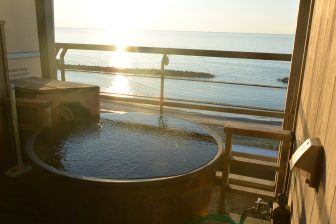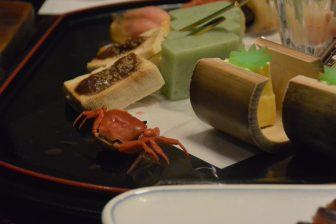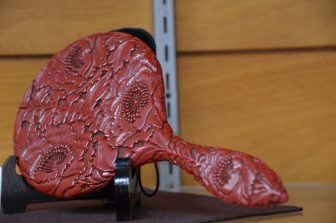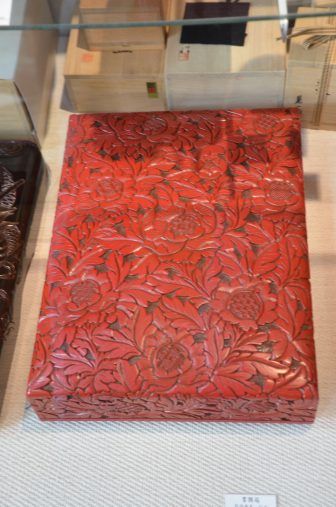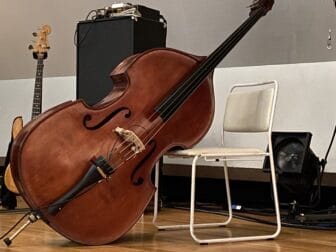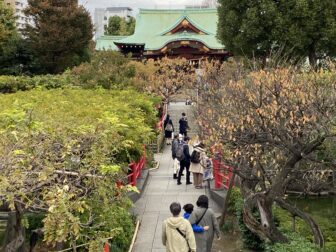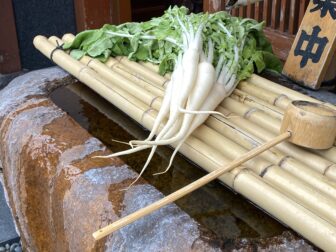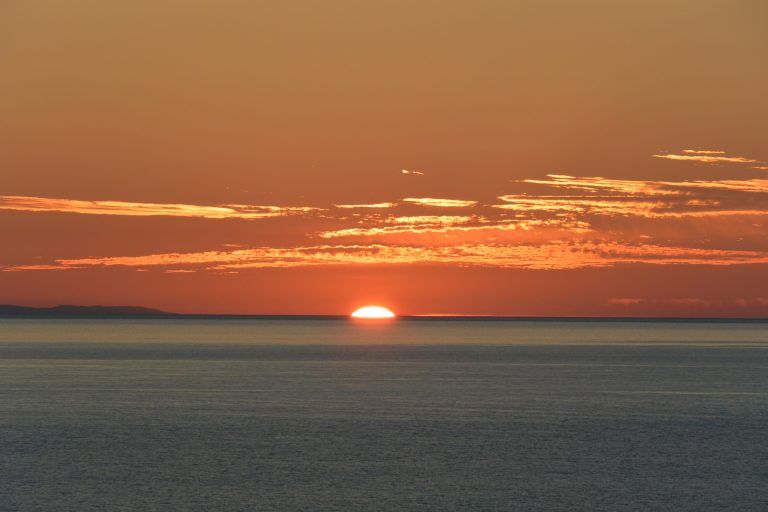
[ Sept.2018 ] We stayed at the seaside Ryokan (a Japanese style hotel) called ‘Taikanso Senami no Yu’ in Murakami in the Niigata Prefecture in Japan.
According to the information on the internet, the hot spring of Senami has a long history, which opened in 1904 and they are proud of the high temperature of about 95 degrees centigrade and the plentiful water.
Apparently, the famous historical poet, Akiko Yosano, stayed here once for two nights and she made as many as 45 poems.
The sunset was so beautiful that I could imagine that if you were a poet, you would like to write a poem and if you were a painter, you would like to paint a picture.
We treated ourselves to the room with the open-air bath, so we could see the lovely sea view whilst having a bath in the hot spring.
The benefit of the room with the bath is that we could get in to the hot spring anytime, even in the middle of night or early in the morning.
The dinner was served in our room, so we could enjoy it in our own time but there was too much food for us to finish it all.
The unusual thing was that there were choices for the side dish, the grilled dish and the main dish.
For the main, we chose Shabushabu (a Japanese ‘hot pot’ dish of thinly sliced meat and vegetables boiled in water) of Mirakami beef as we had liked the Murakami beef at lunch time.
Also, snow crab was included in the meal and that was very good, too.
The rice was cooked in front of us and I felt it was better than the usual rice served in a tub.
The deal of our meal included some local sake, so we enjoyed sake, too.
On the next day, we went back to the centre of the town and learned about Murakami’s historical wood carving craft called Tsuishu.
First, we went to the craft centre and looked around the exhibits on sale on the ground floor.
The person in charge there explained a bit about this craft.
According to her, the basic Tsuishu is always red, but there are some black ones.
In fact there are 6 kinds, including the ones that is painted in red first and then a dark brown lacquer is painted on top before they carve some patterns out so that the red shows through from the bottom layer.
The basic process takes at least one month.
Because they are elaborate, they are very expensive.
Our friend who is from Nagaoka City in Niigata said “We used to have many of these at home, but we have lost them, not knowing that they were so valuable”.
Tsuishu products used to be used as presents given to guests at the wedding reception.
They are produced and sold only in Murakami.
On the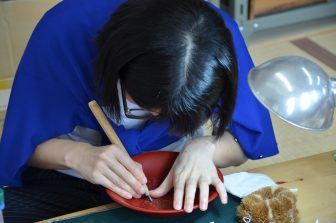
They are being trained full-time to become professional.
Apparently, they learn carving and painting on separate days and on that day, they were carving.
Tsuishu is always produced by carvers and painters and at the moment there are 7 or 8 professionals for each skill.
The teacher explained to us that soon after training, they cannot open a shop easily, so the union will help them.
After this centre, we visited three shops selling Tsuishu.
At one of them, I fell in love with an A4 sized box with the gorgeous carving, but it cost 400,000 yen (£2,700, €3,100, $3,550).
We bought a tiny hand mirror, which was discounted, and told them that we would come back when we become rich.

